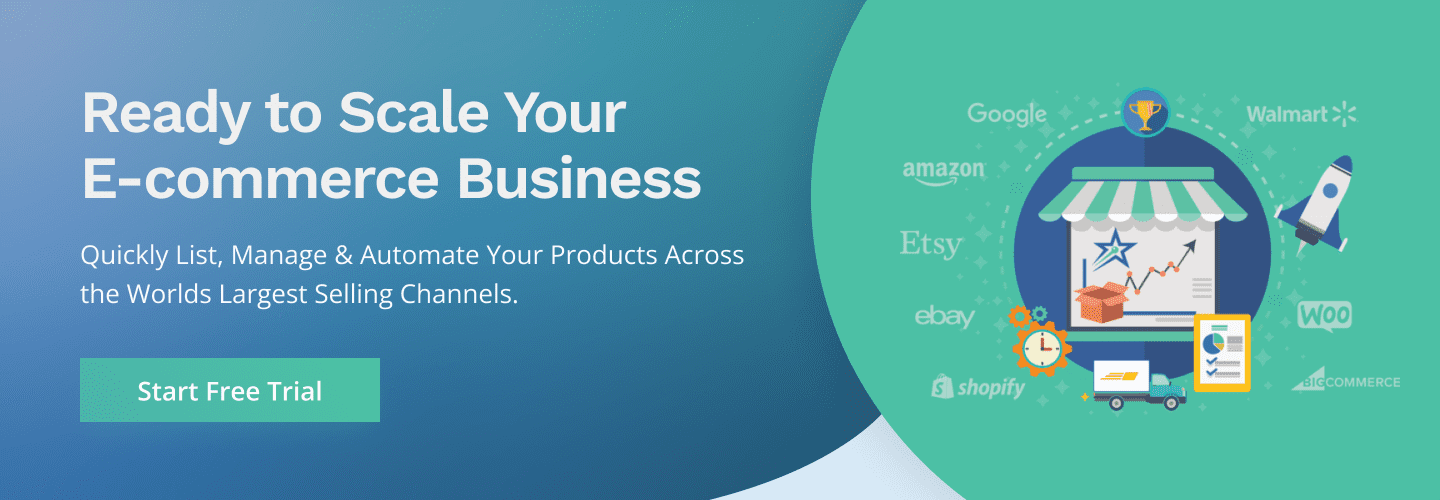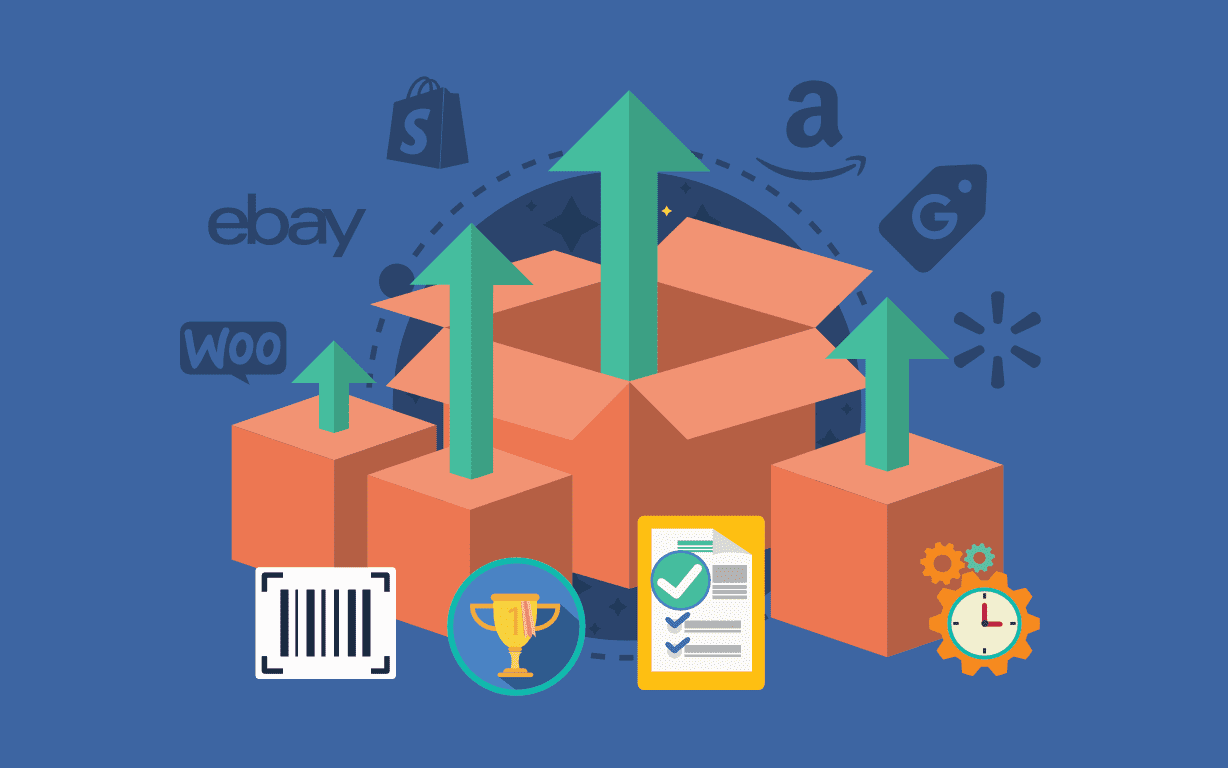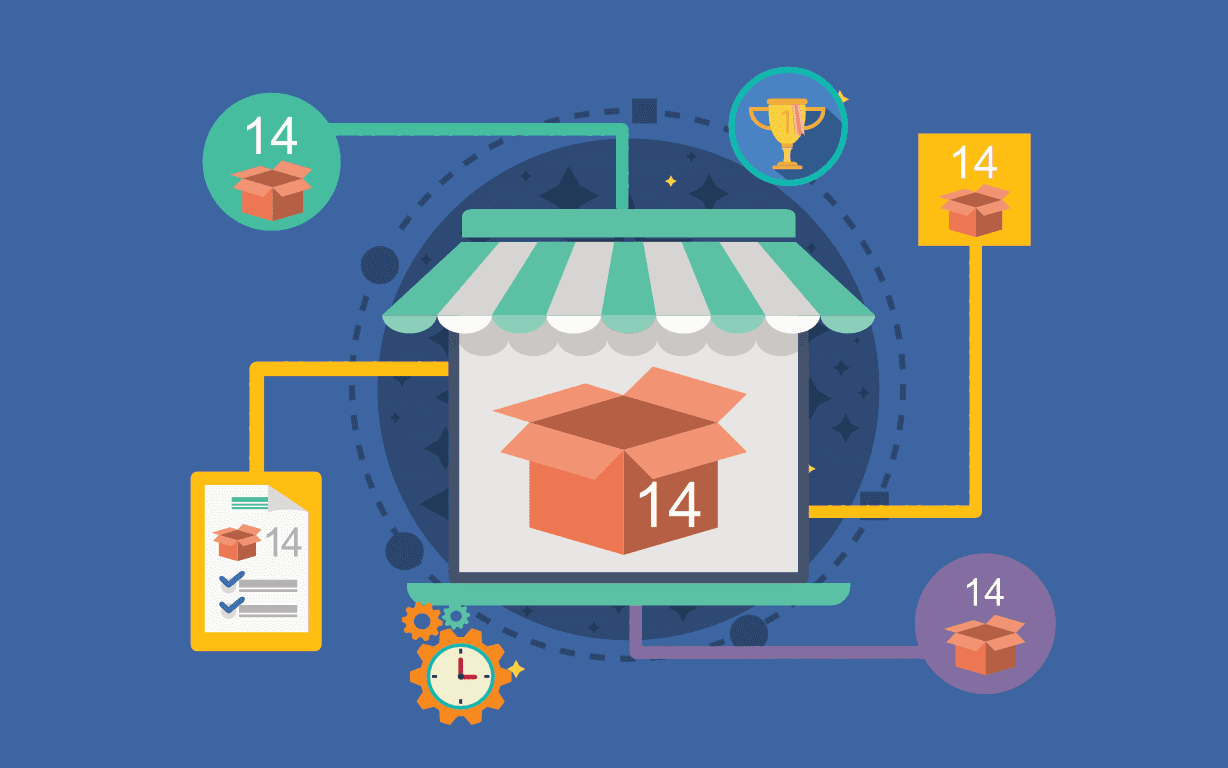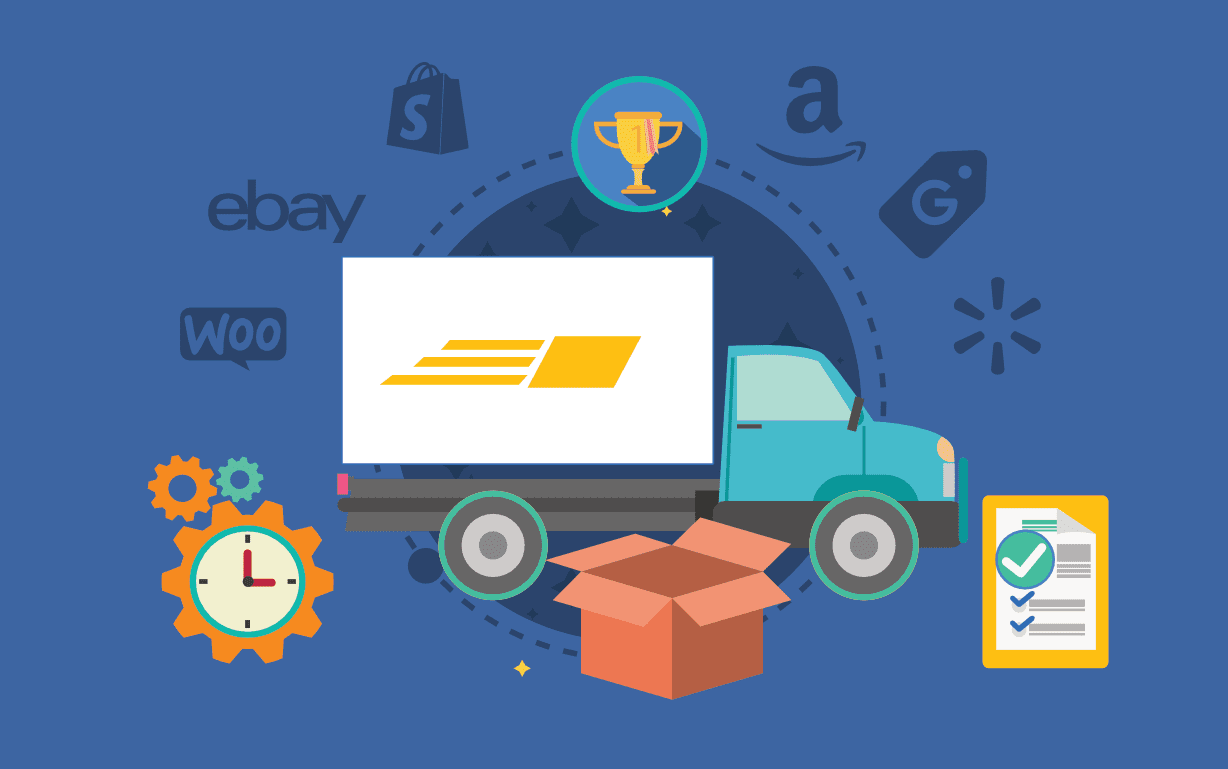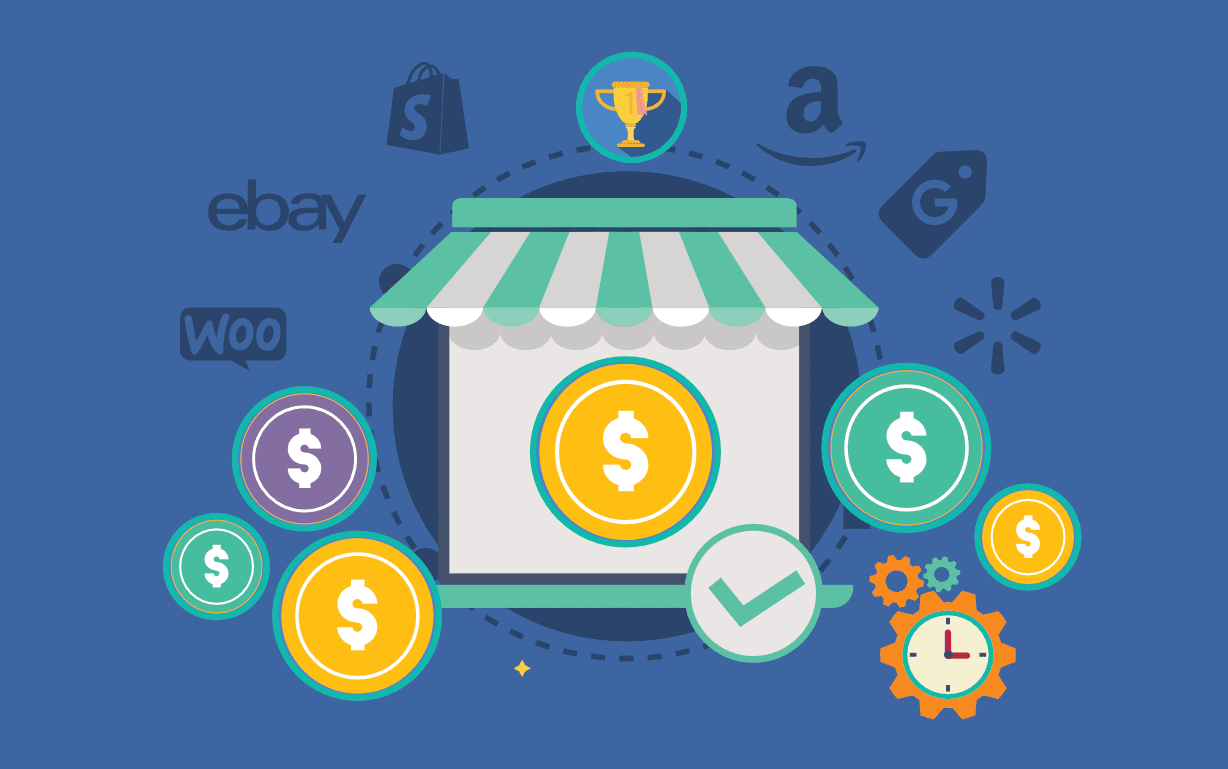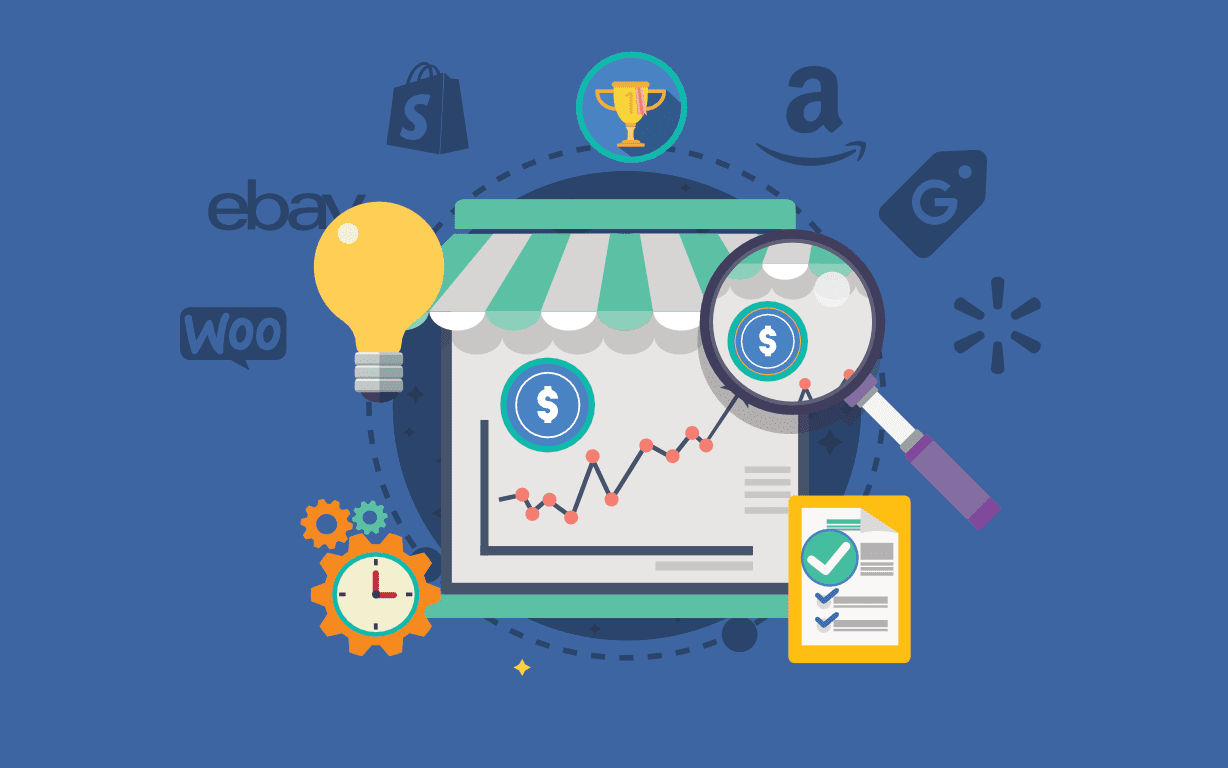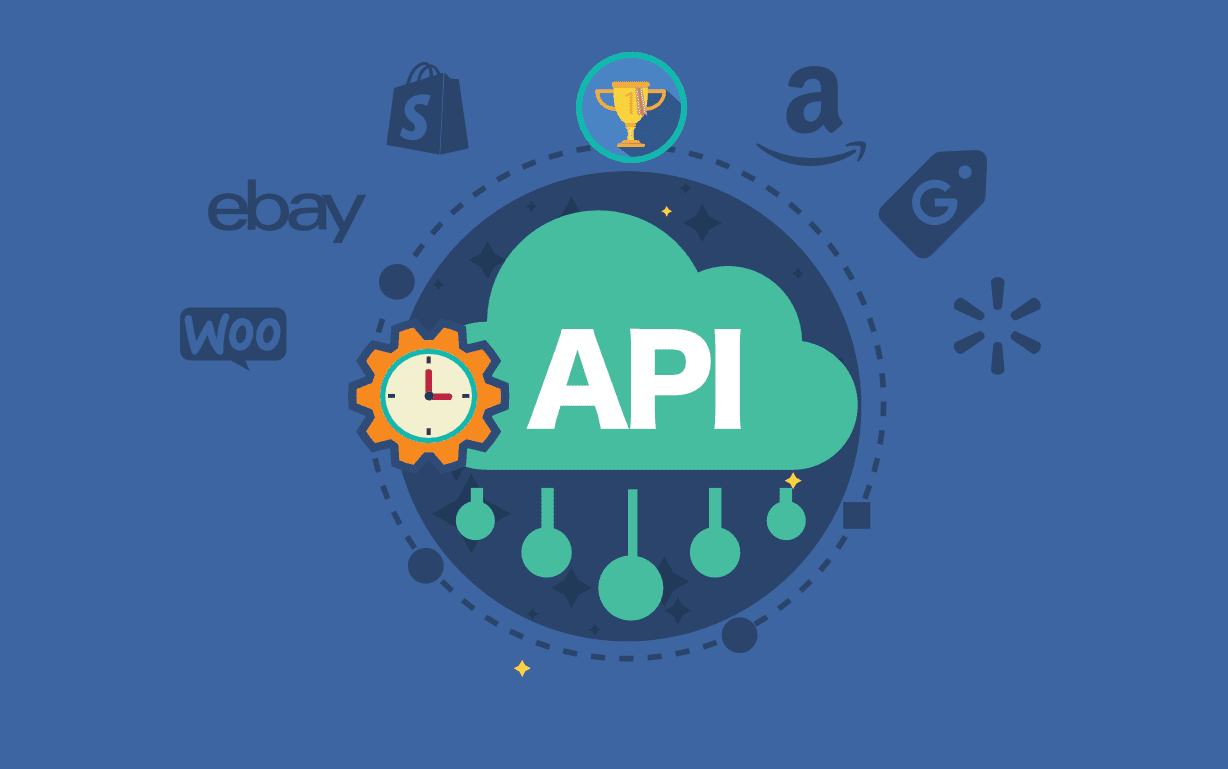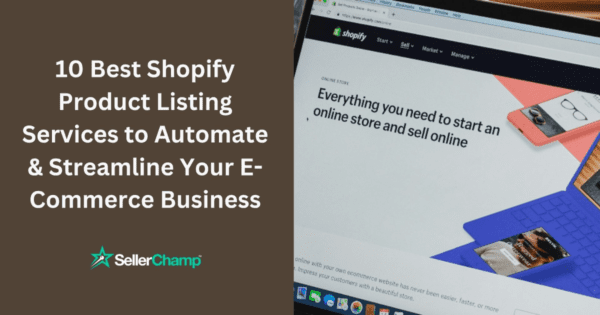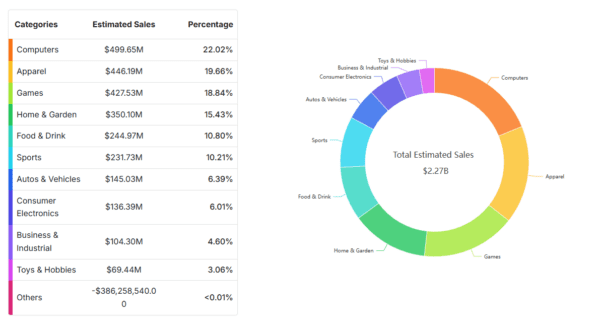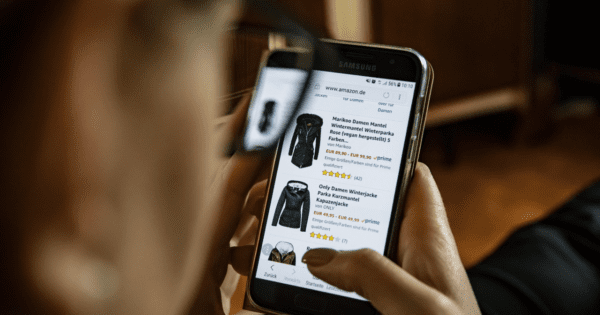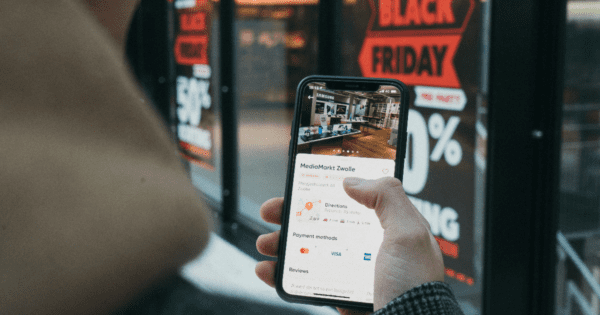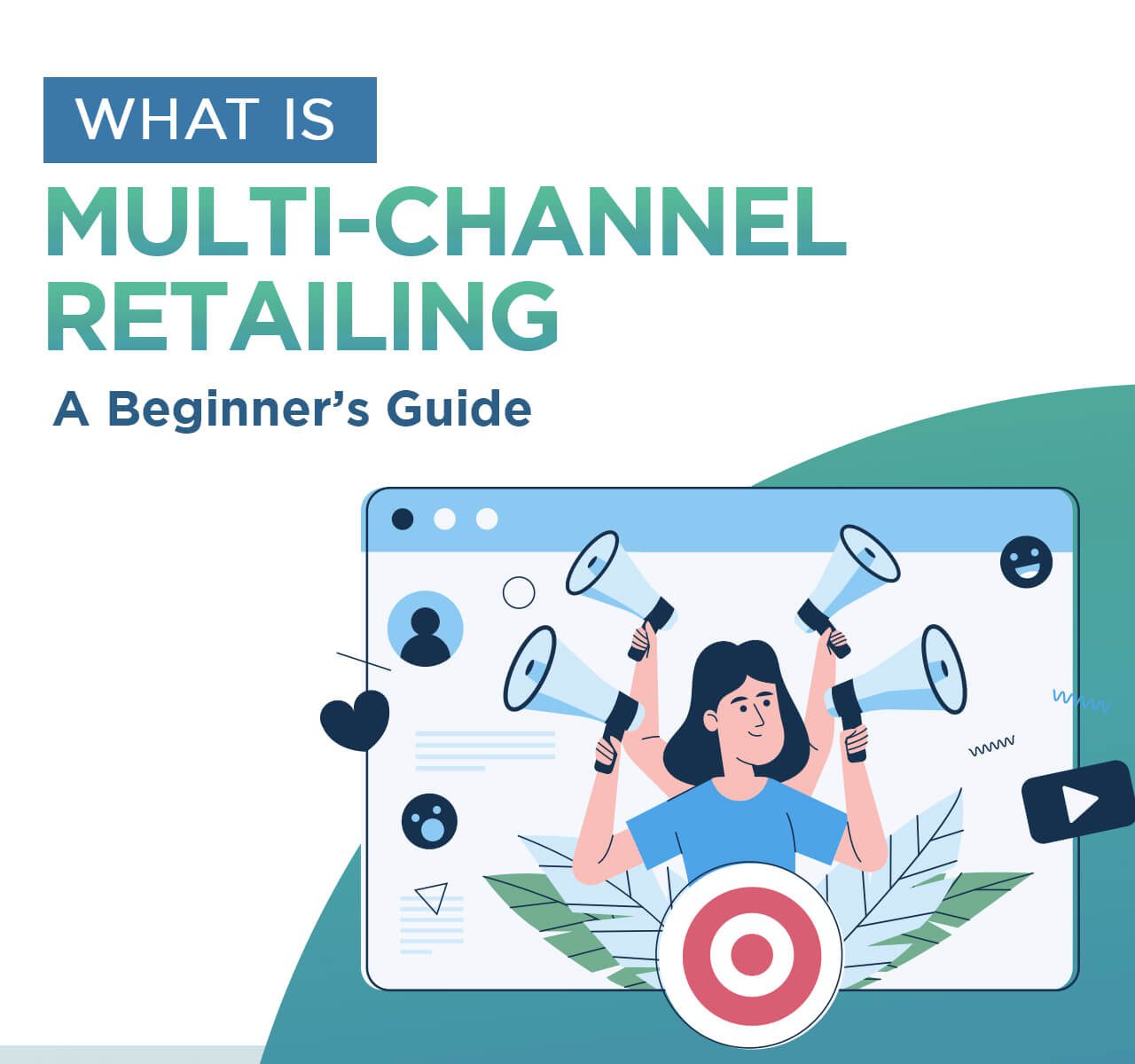
What is Multi-Channel Retailing? A Beginner’s Guide
Did you know that acquiring a new customer can cost up to 2,500% more than selling to an existing one? While it’s true that existing customers are valuable, expanding your business requires attracting new customers to keep the engine of growth running smoothly. If you’re a retail store owner seeking to explore new frontiers and take your business to the next level, you’re in luck!
Understanding the concept of multi-channel retailing is paramount. It refers to the practice of selling products through multiple channels, such as physical stores, online marketplaces, social media platforms, mobile apps, and more. By diversifying your sales channels, you open up new avenues for reaching potential customers, increasing your brand exposure, and driving sales. Embracing multi-channel retailing allows you to meet your customers where they are, providing a seamless and convenient shopping experience across various touchpoints.
In this comprehensive article, we’ll delve into the significance of multi-channel retailing and provide valuable insights to help you make informed decisions.
What is Multi-Channel Retailing?
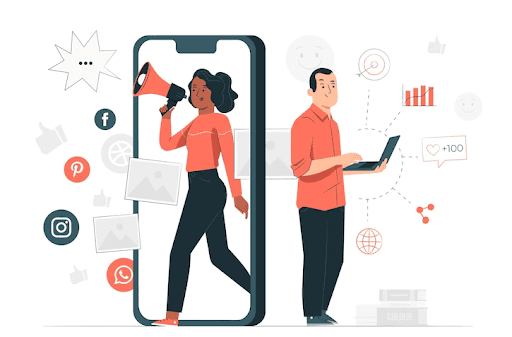
Multi-channel retailing is a beneficial strategy for businesses like yours to tap into a broader audience base. It also empowers your customers to choose their preferred shopping experience by products and services available across various distribution channels.
With multi-channel retailing, your comfort your customers like never before by providing wider options and building rapport by increasing customer touchpoints!
Multi-channel retailing provides this level of flexibility and hence it creates a more personal and integrated experience for the customers. This strategy is effective for small and medium businesses to grow and for customers to have a curated shopping experience.
What Are the Advantages of Multi-Channel Retailing?

Marketing and advertisement campaigns are important for creating brand awareness. Without this, your eCommerce business will not reach people other than those who already know your brand. Selling across multiple channels enables you to reach more established audiences.
Nowadays, people wish to purchase products or goods as and when they come across them through their devices irrespective of the channel they find it on. The idea of sticking to purchasing on only brick-and-mortar stores or websites or amazon alone has trickled down. 56 million monthly active users of Facebook have reported having used the platform to purchase products. Among the 298 million people who use smartphones in the US, more than half of them had used mobile phones to buy products online.
It has now become an accepted fact that brands’ marketing and advertising content do not have the desired effect on every person who sees it. In such a situation, it is better to sell the product or goods over the same channel rather than try to switch the customer to a different channel. The positive impact of multi-channel retailing on businesses is evident from the report of a survey that retailers who utilized multichannel had an average sales growth of 57% more than their counterparts.

In a study by Google, the decision-making process revolving around the purchase of a product was examined. It was found that most of the buying process is completed even before a customer reaches your site or is aware of your brand. This timeframe in which a product is researched about to take a call on buying has been termed as “Zero Moment of Truth”.
It was observed that when users initially find new products on social media and display ads, they tend to generically research about them to compare the product across different platforms. With this information, they narrow down the list. Brand-related searches, reviews, and referrals from friends help establish more confidence in the buying process. Some users were observed to sign up to brands’ emails to get information about discounts and coupons. After this is the final step of purchasing your eCommerce store, app, or website.
Users of different platforms are satisfied with different user experiences. Multi-channel retailing enables you not only to be available on different channels but also to appeal to different users. While your brand can be present on different channels, you also get to customize user experience across different platforms. This will help you to personalize marketing and result in an improved customer experience.

Multi-channel retailing helps your brand to be present across different channels. When your brand is available on different channels, customers will be able to access your goods and products at the channel of their choice. The preference of user experience will no longer be a factor that will stop a customer from being aware of your brand.
Customers are more likely to purchase a product that they stumble upon in different channels rather than one they see on only one platform. With Multi-channel retailing, you can focus on building trust and attachment towards your brand. This will translate into increased brand awareness and customer loyalty. Providing the right user experience will help you increase customer retention and customer lifetime value.
Multi-channel retailing enables the presence of your product or service across different channels. The marketing of your brand is diversified over various platforms.
Your sales will be immune against any supply chain breakdown or suspension of an account on a single channel. Your sales can continue seamlessly on other channels in such circumstances. Diversification is safer than relying upon a single channel of sales. It reduces the risk of external factors affecting your business.

The prospects of collecting customer data are largely amplified with multi-channel retailing. Being present in different channels enables you to understand their preferred channel and user experience. This will give you insights into which parts and processes of your business to improve and how to promote sales.
Moreover, when you have a presence across different channels, you can compare the volume of sales across each platform. This can give you more perspective about your marketing, and performance. You can also analyze which products are performing better on different channels and decide on the channel to promote different products.
How to Check If Multi-Channel Retailing Is The Next Step For Your E-Commerce Business?

Your business goals, the budget allocated for marketing, and your determination to control product pricing and experiences decide if multi-channel retailing is the right choice for your eCommerce store.
Further, with a multi-channel eCommerce listing software, multi-channel retailing is extremely simple online and does not require much investment to build the technological infrastructure. Neither is a wholly dedicated in-house IT team necessary to effectively implement it. A clear understanding of the platforms and channels that your customers are on is sufficient to gain the skills and formulate the strategies to implement a multi-channel strategy.
Depending on whether your channel is eCommerce. social media or organic search, you need to probe into your existing and potential clients on the particular channel, experiment with it, and install effective measures to improve visibility and traffic.
Retailers benefit from multi-channel retailing through establishing wider customer bases, reducing operational costs, and building loyalty with regular customers. Setting up the right processes and systems to manage your multi-channel sales is the first step in creating an efficient and self-regulating system.
With the successful establishment of one channel, you can move on to setting up other channels also, one at a time. This will also require you to begin with inventory tracking and sales forecasting. Different orders from different sources can be performed seamlessly and efficiently only with real-time inventory syncing.
What Are Some Challenges That Accompany Multi-Channel Retailing?
1. Messaging and Branding across Different Channels

In multi-channel marketing, the product or service is marketed to different customers across different platforms. When you get more insights on which channel works better for your target market, you can optimize marketing to increase sales. However, such optimization should not be counter-productive in the sense that users are shifted from a much faster and more convenient channel to one that is not equally efficient.
The decision of marketing and promoting across different channels or redirecting the same has budgetary constraints too. Businesses need to be conscious of how they diversify and allocate resources to cover as many effective channels as possible. Rather than investing in general campaigns, you can opt to retarget customers who visited a site previously to other channels to get similar results for a lesser cost. Retargeting enables you to stretch resources, and increase results, while also decreasing costs.
2. Operational Costs

Multi-channel retailing requires you to spend on marketplace fees, mobile app development costs, social commerce ads, etc. for different channels. Setting up different channels, customization, and hiring employees are some of the expenses that you will have to undertake. Until you figure out which channels work efficiently for you, you will have to funnel funds into these.
However, as you are intending to sell across different channels, you will be ordering more inventory as compared to when you will be selling on one channel. In such circumstances, your costs will lower down significantly.
3. Real-Time Inventory Management

When you are selling through multiple channels, the data from them is usually not integrated by your internal systems. While your sales split across channels might shoot up, you might either be lacking sufficient products, or you might overbuy, and might not accurately value the inventory.
Real-time inventory management is a huge challenge to multi-channel retailing. You need to set up an inventory management system to streamline and automate the process before expanding into different channels.
Inventory management systems enable you to procure, organize, ship, and deliver products seamlessly. It can protect your business from unexpected or seasonal spikes in demand and avoid inventory shortages.
4. Sales Attribution
The funds invested into different channels are usually not proportional to the sales that happen through the channels. Customers are exposed to different marketing touchpoints before they make a purchase decision. At times, one channel might assist the sales that happen in another channel.
Sales attribution refers to the determination of channels that most drive your sales. The process of figuring out how to measure the returns from each channel and investing accordingly is quite tricky. There are different attribution models such as single-source attribution, equal-weighting, custom-credit, and algorithmic attribution model that you can choose from per your requirements. Some eCommerce solutions and apps provide the option to track attribution which can be insightful for your business.
5. Uniform Repricing
Having pricing discrepancies is a feature of having multiple channels. Having revenue-sharing deals and pricing pressure can reduce profit margins. Product information management systems (PIM) can be used to reduce such discrepancies. PIM allows you to micromanage the product data that you intend to distribute to different channels.
It was observed that companies that used PIM solutions reduced labor costs by 67%, product returns by 23%, and increased employee productivity by 20%.
6. Providing Real-Time Customer Support

Multi-channel retailing necessitates multi-channel support through different mediums of communication for each channel. This includes direct calls, email services, mobile applications, etc.
Access to information, customer interactions, and customer history of each channel are unique. This can be accessed by the customer service agents of the particular channel. Though your marketing and sales team might have records of all your customers, access to them is limited to the specific platform.
Integration of customer information across different channels will enhance the customer experience in cases where they need support. This will build trust and improve customer retention.
Best Places to Expand Your Business As A Part of Your Multi-Channel Retailing Strategy?

1. Amazon
Amazon hosts around 85 million monthly visitors and is the most popular marketplace. Though there is a levy of marketplace fees and there are branding restrictions, it is extremely easy to find buyers for your products and goods on Amazon. It offers an easy checkout and fulfilment process for retailers and customers. Finding new customers is extremely easy and effective.
2. eBay
eBay is another must-sell marketplace. It hosts an interface that is extremely easy to sell, list, and manage inventory. The most attractive aspect of eBay is that it is involved in international eCommerce. You can launch your products and services in the international marketplace. Though it requires different fees for different products and has longer return policies, using eBay can largely widen your audience reach and brand awareness.
3. Etsy
Etsy is the most sought-after marketplace for hand-crafted, artisanal, and vintage products. It is known for being a community of passionate and like-minded shoppers. It is extremely seamless for launching stores on Etsy. The vendor fees and processing charges are on the higher end and the store does not allow much customization. However, it is extremely competitive and offers you an opportunity to stand out as a brand.
Conclusion
With technological advancements, retailers have been offered a great chance to reach heights of visibility that did not exist previously. It is important to understand that the journey through which buyers make a purchase decision is not simple and needs to be followed through to maximize sales. Multi-channel retailing can greatly amplify your marketing efforts and help strongly establish your brand.
We hope that this guide helped you get an understanding of how multi-channel retailing works and how it can help your business. With patience and perseverance, you can be the next most demanded brand that is trending across multiple channels!


